The most popular metal landmarks in the world 2023
A huge portion of the world’s most famous landmarks are made from metals such as steel, iron and copper all being used to form the entirety (or a crucial part of) some of the most iconic bridges, buildings, statues, and monuments across the globe.
Article in Brief
The Metal Store has ranked the world’s most iconic metal landmarks to see which is the most popular
The research has been based on TripAdvisor reviews, average monthly search volume and number of Instagram hashtags
To find out, we used TripAdvisor reviews, average monthly search volumes and number of hashtags on Instagram to rank the landmarks individually on each and then giving them an aggregate score across all three.
Here are the most popular metal landmarks in the world, according to data.
The Atomium - Brussels, Belgium
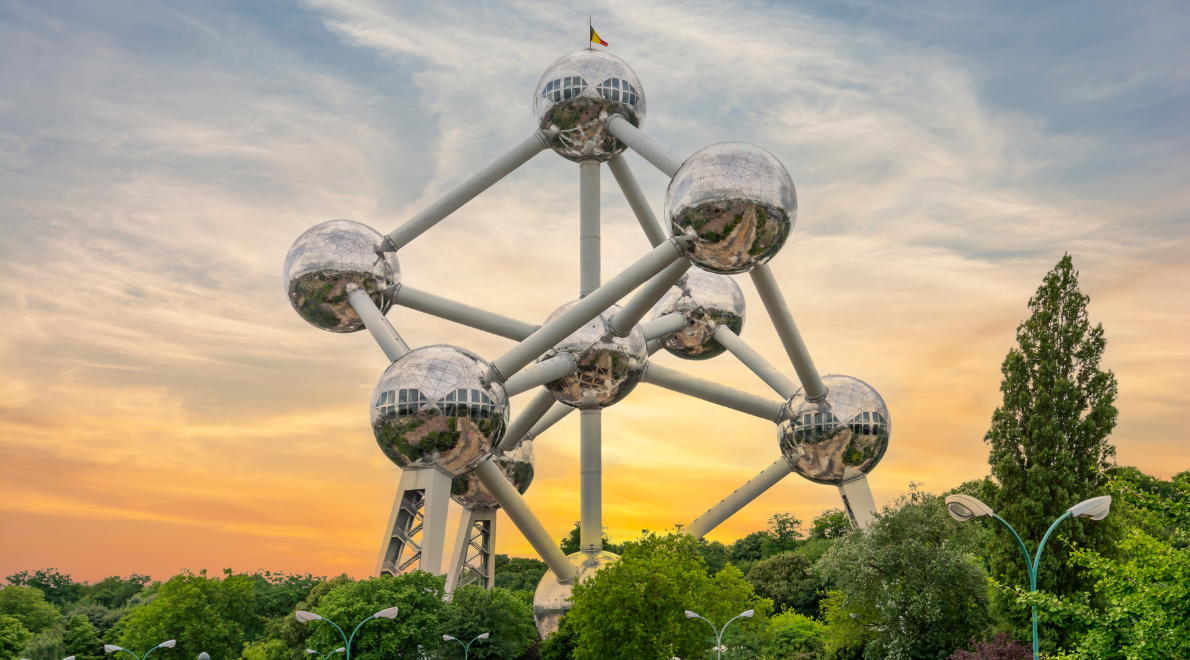
Built to be the focal point of the 1958 Brussels World Fair, the structure depicts atoms to highlight science advancements, particularly nuclear physics, which the country itself was an avid practitioner of. The sculpture comprises nine steel spheres (18m in diameter) and is connected by a solid steel structure, weighing 2,400 tonnes.
Iron Pillar – New Delhi, India
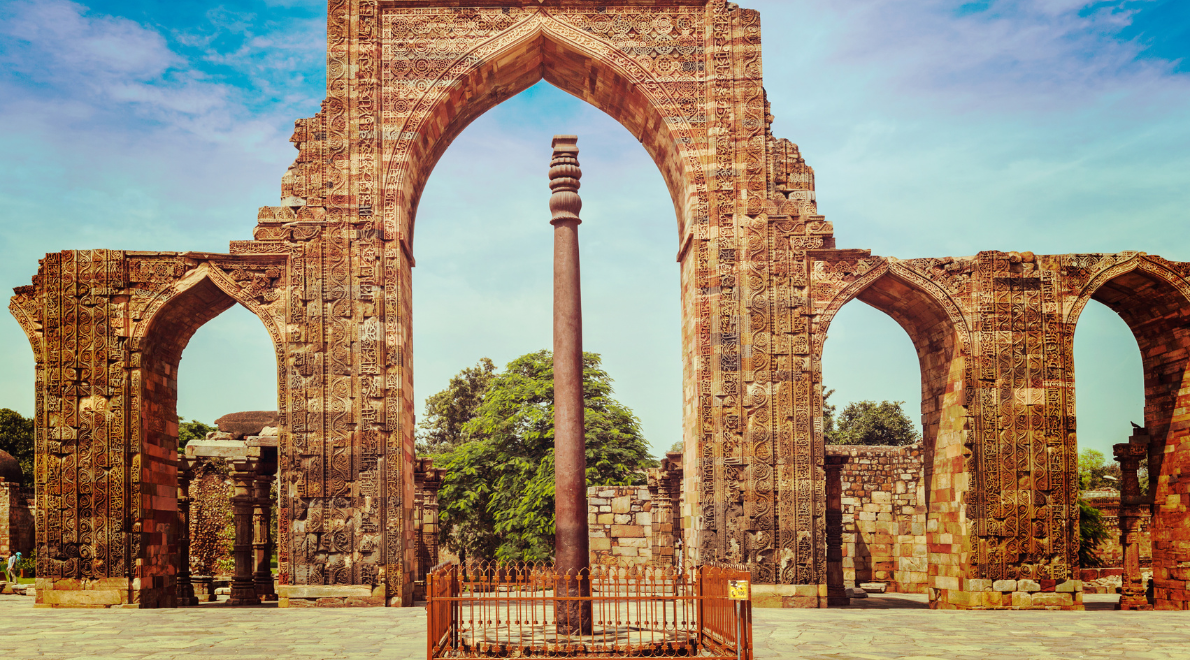
Standing just over 7.2 metres, the historical structure was built in the 5th century and is estimated to weigh more than six tonnes. Archaeologists and martial scientists have been studying the landmark for decades due to its high resistance to corrosion, which has been attributed to the skill achieved by ancient Indian iron smiths.
Unisphere – New York, USA
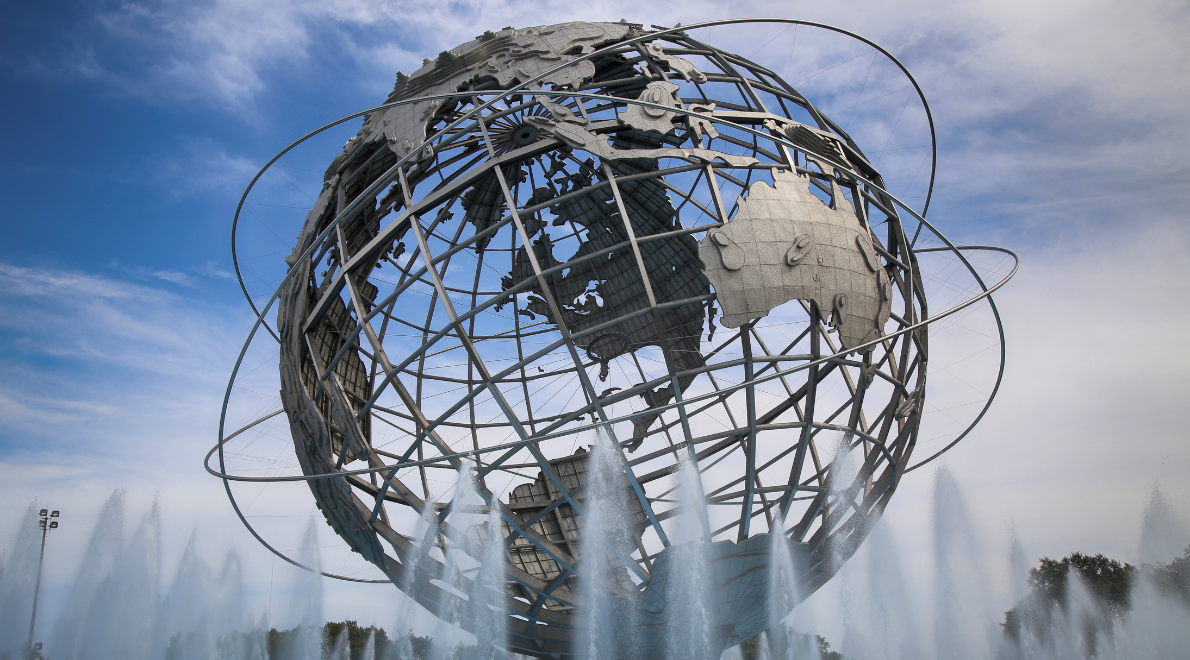 Another landmark which was born out of hosting a world fair, initial design work on the Unisphere began in 1959 when Flushing Meadows-Corona Park was selected to host the 1964 event. The idea was to create a symbol that was in line with the fair’s theme of “Peace Through Understanding”.
The globe was built in 110 days in 1963 and is made from stainless steel, standing 42 metres high and weighing 250 tonnes.
Another landmark which was born out of hosting a world fair, initial design work on the Unisphere began in 1959 when Flushing Meadows-Corona Park was selected to host the 1964 event. The idea was to create a symbol that was in line with the fair’s theme of “Peace Through Understanding”.
The globe was built in 110 days in 1963 and is made from stainless steel, standing 42 metres high and weighing 250 tonnes.
Tyne Bridge – Newcastle, England
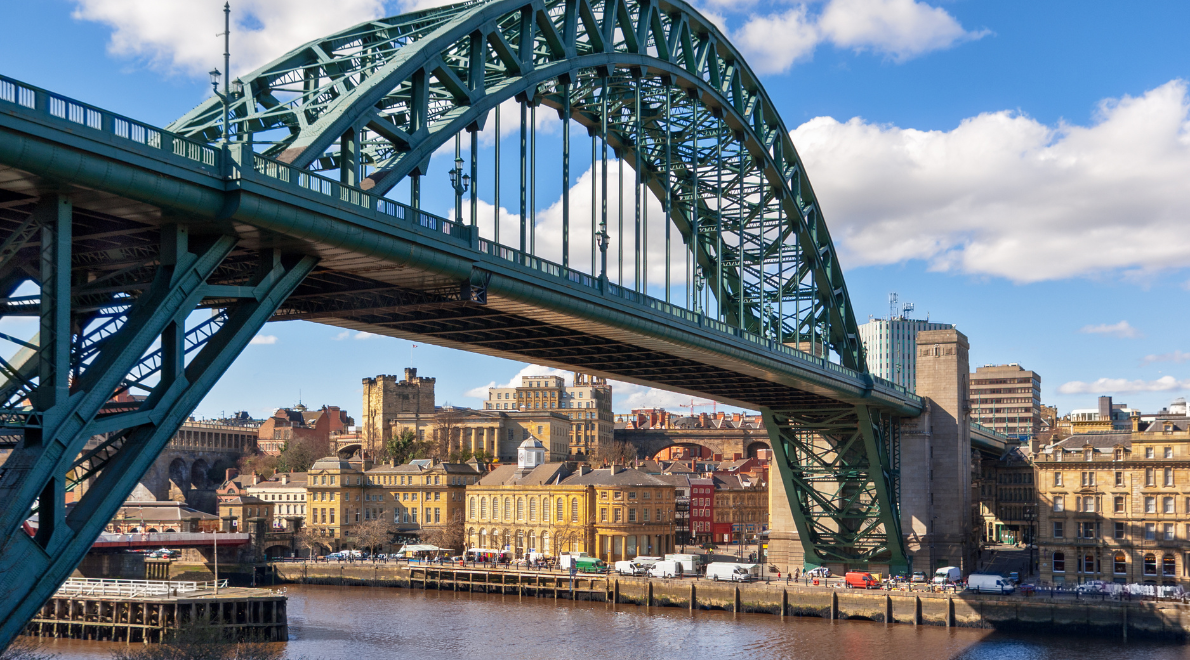
Construction of the Tyne Bridge, which connects Newcastle and Gateshead, started in 1925 and took three years to complete. Made from steel and granite, the structure weighs more than 7,100 tonnes. Recently, the bridge has been used for various publicity stunts, including Bear Grylls zip-wiring from the top arch onto the quayside as part of the city hosting the 2012 Olympic football and Olympic torch relay.
Luis Bridge – Porto, Portugal
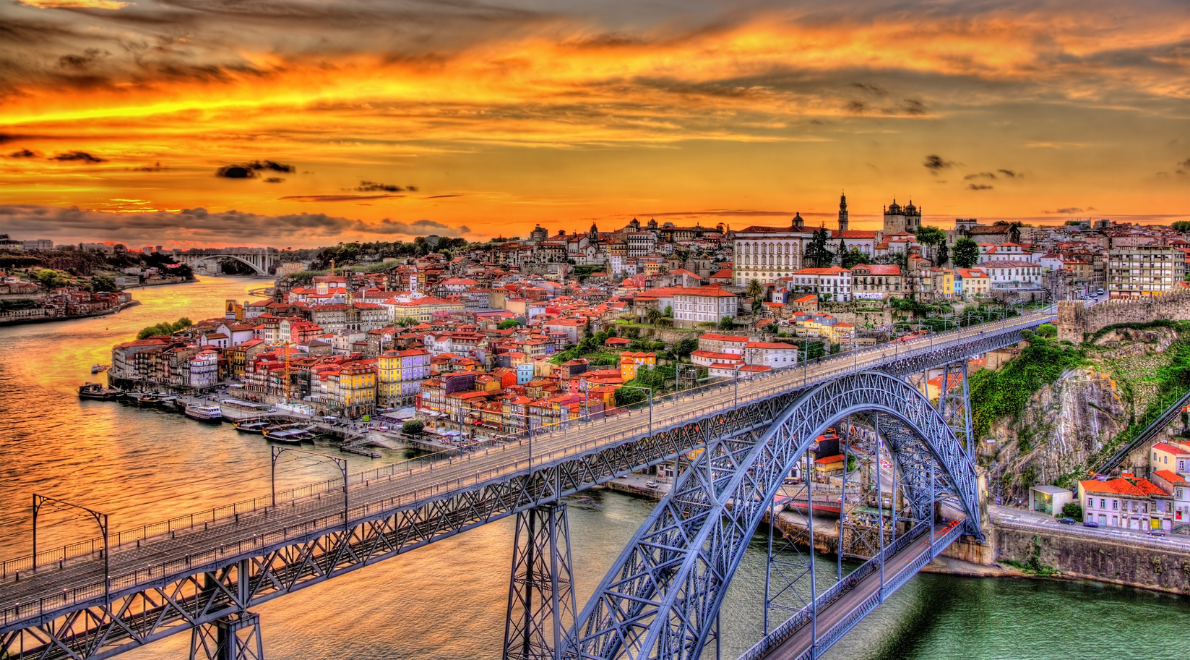
When Luis Bridge officially opened in 1886, it was (at the time) the largest open arch bridge in the world, spanning 172 metres. Constructed from iron and granite, the bridge weighs a total of 3,045 tonnes. Initially, plans for the bridge were rejected due to the growing urban population as they were for a single-deck bridge, but eventually after rethinking the plans, construction began in 1881.
National Stadium – Beijing, China
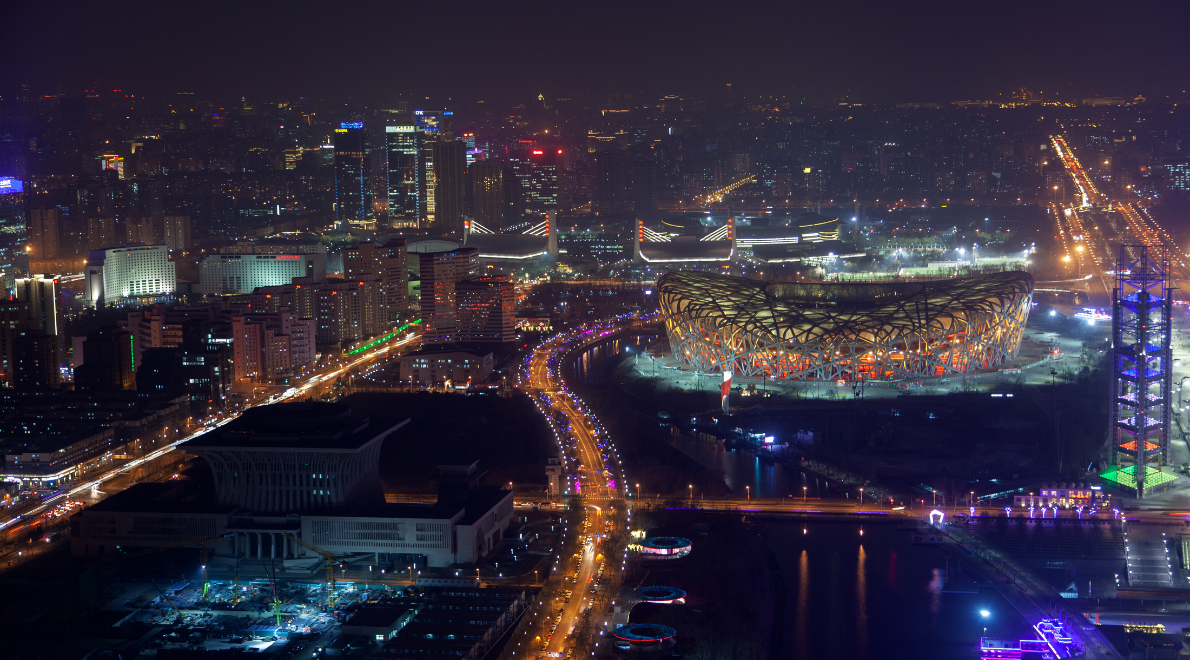
Also known as ‘The Bird’s Nest’ due to its appearance, the stadium cost around £329m to build with construction taking place from 2003 to 2008, opening just in time for the Olympic games. The stadium consists of two independent structures standing 50m apart; the red concrete seating bowl and the outer steel frame which surrounds it.
The Kelpies – Falkirk, Scotland
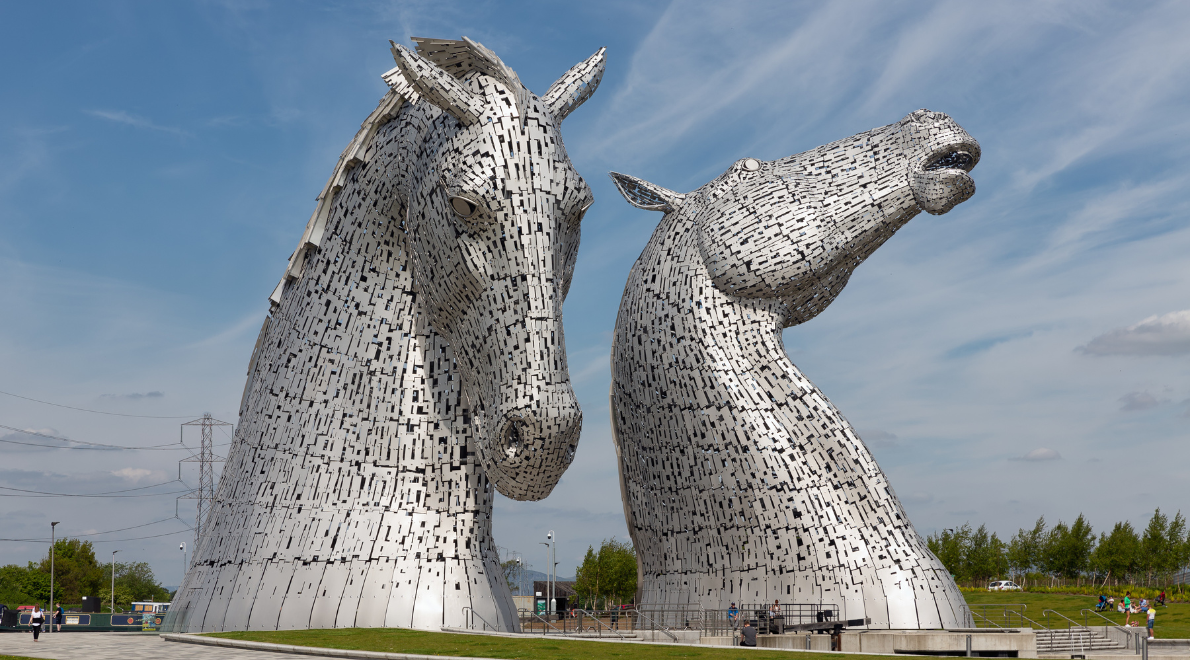
The most recent structure on the list, the Kelpies only opened to the public in 2014, with nearly one million people visiting within the first year. The sculptures are built from structural steel with stainless steel cladding, standing 300m high and weighing 300 tonnes each.
Gateway Arch – St. Louis, USA
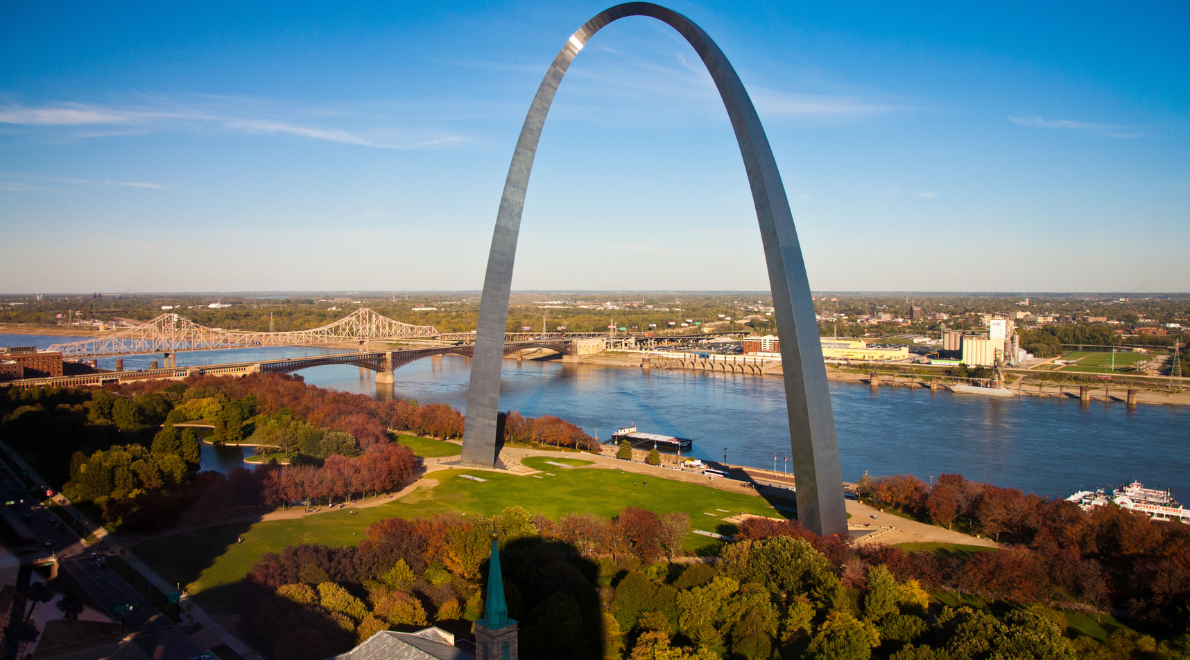
Standing at 192m tall, the Gateway Arch monument is clad in stainless steel and is the world’s tallest arch, as well as Missouri’s tallest accessible building. The monument was completed back in 1965 and at the time cost $13 million to build which in today’s money would be the equivalent of $86 million.
Tokyo Tower – Tokyo, Japan
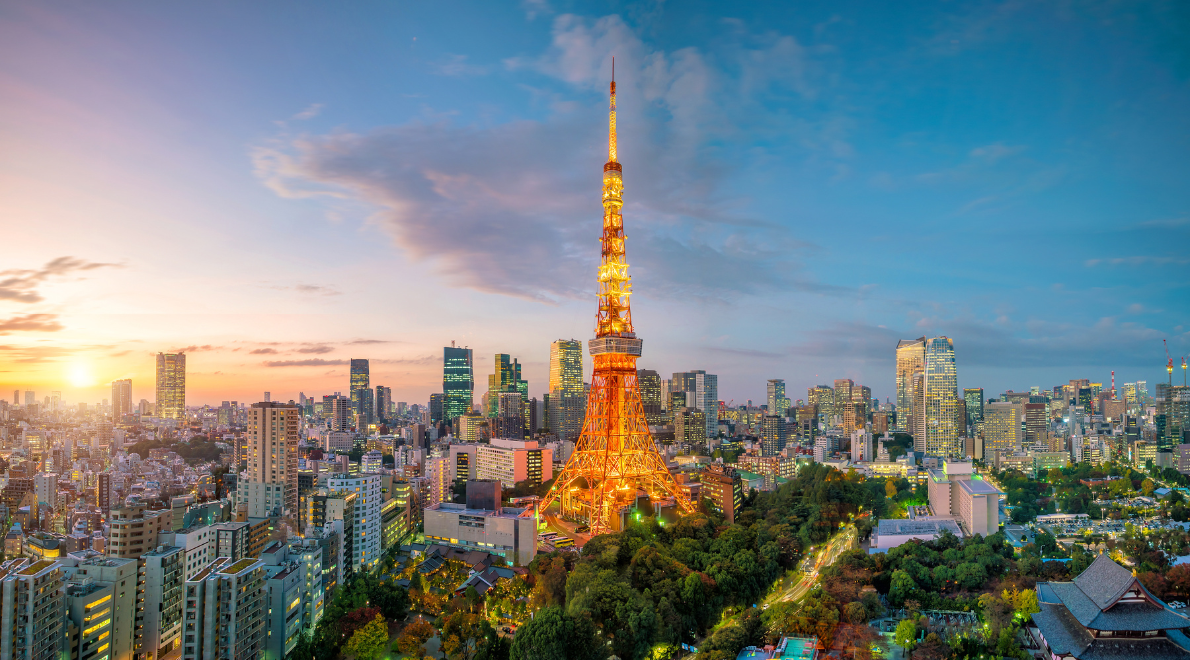
Since its completion in 1958, it is estimated that more than 150 million people have visited the tower and it has become its primary source of income. There is a two-story main deck which stands 150 metres high and a smaller top deck which reaches a height of nearly 250m, where tourists can view Tokyo’s skyscape.
Chrysler Building – New York, USA
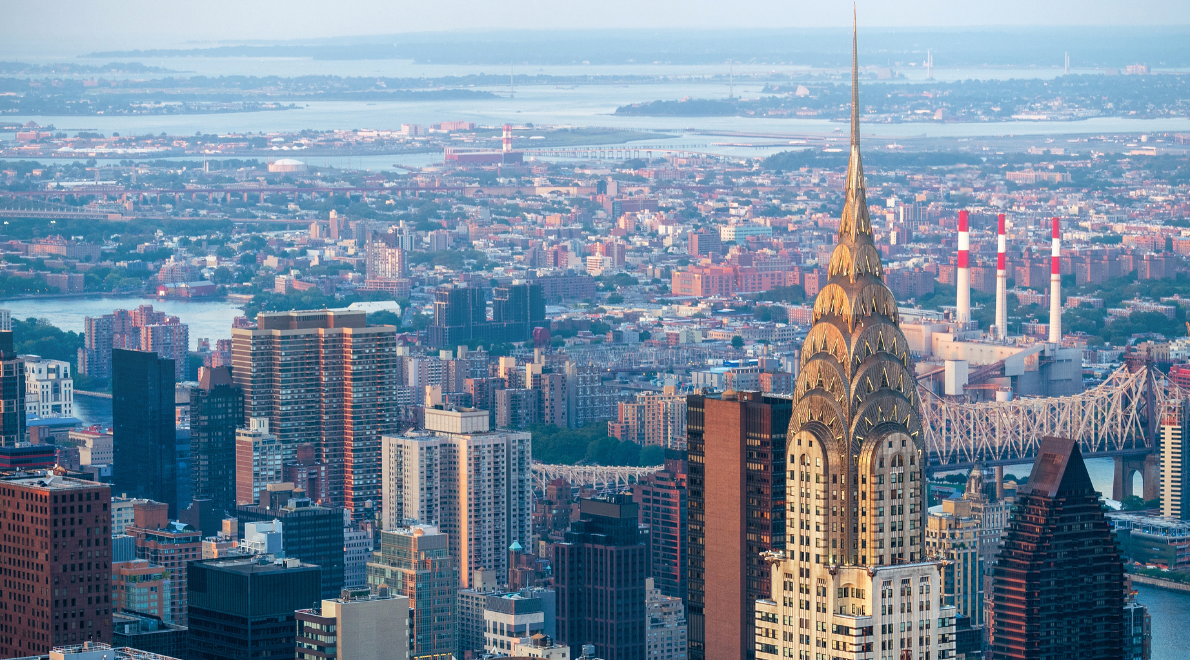
While the Chrysler building is made predominately of brick, it is the tallest building in the world which is supported by a steel framework, hence its inclusion in this list. Standing at 319m high, it is now only the 12th tallest building in New York having been surpassed by the construction of many skyscrapers over the past few decades.
Cloud Gate – Chicago, USA
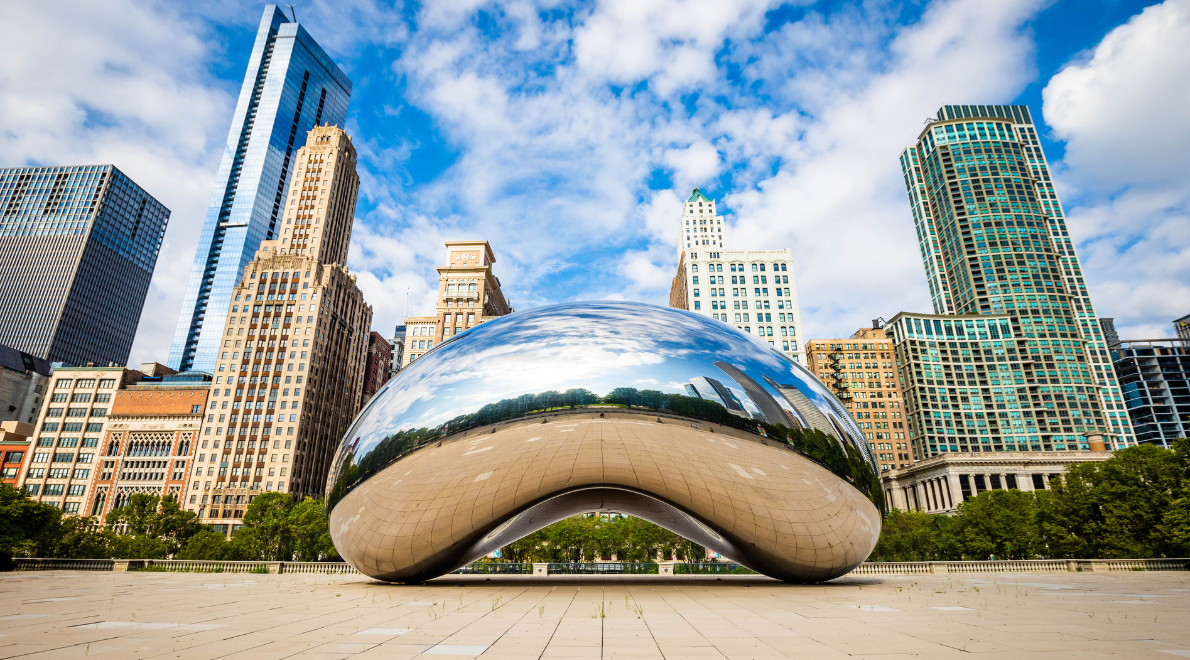
Constructed between 2004 and 2006, the sculpture (nicknamed ‘the bean’ because of its shape) comprises of 168 stainless steel plates welded together and highly polished so that there are no visible seams. Indian-born British artist Anish Kapoor was the man behind the design and was inspired by liquid mercury.
Sydney Harbour Bridge – Sydney, Australia
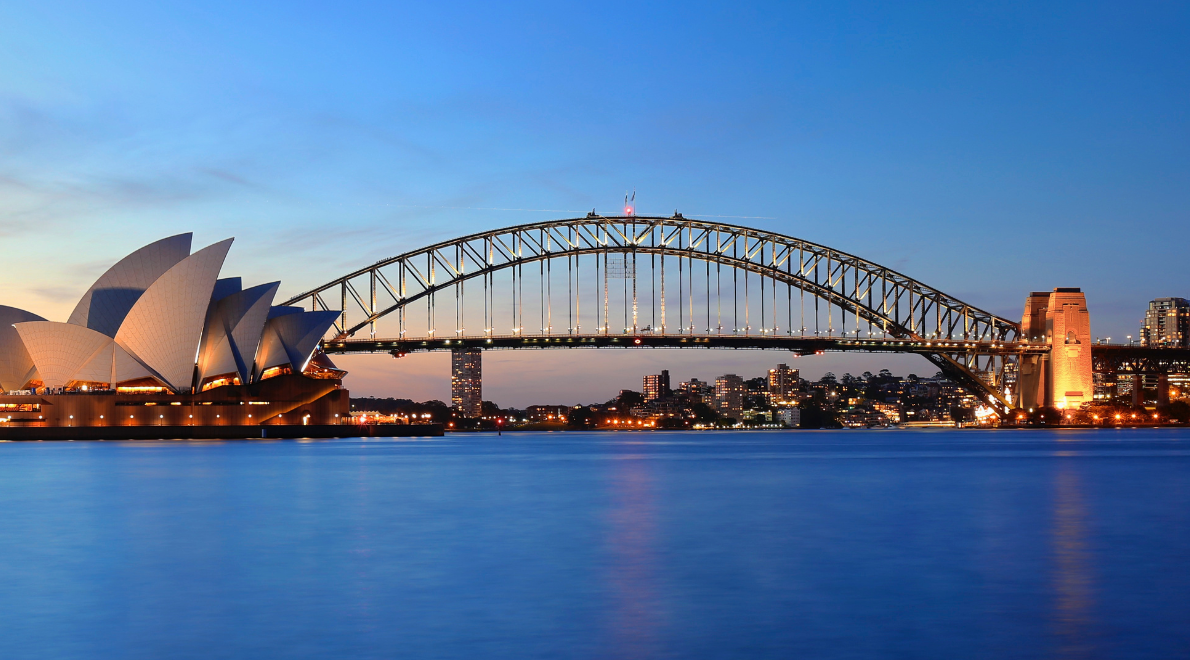
It took nine years to construct the iconic bridge with work beginning in 1923 and ending in 1932, with the aim of connecting the city’s Central Business District to the North Shore. It is the tallest steel arch bridge in the world, measuring 134m above water level.
Golden Gate Bridge – San Francisco, USA
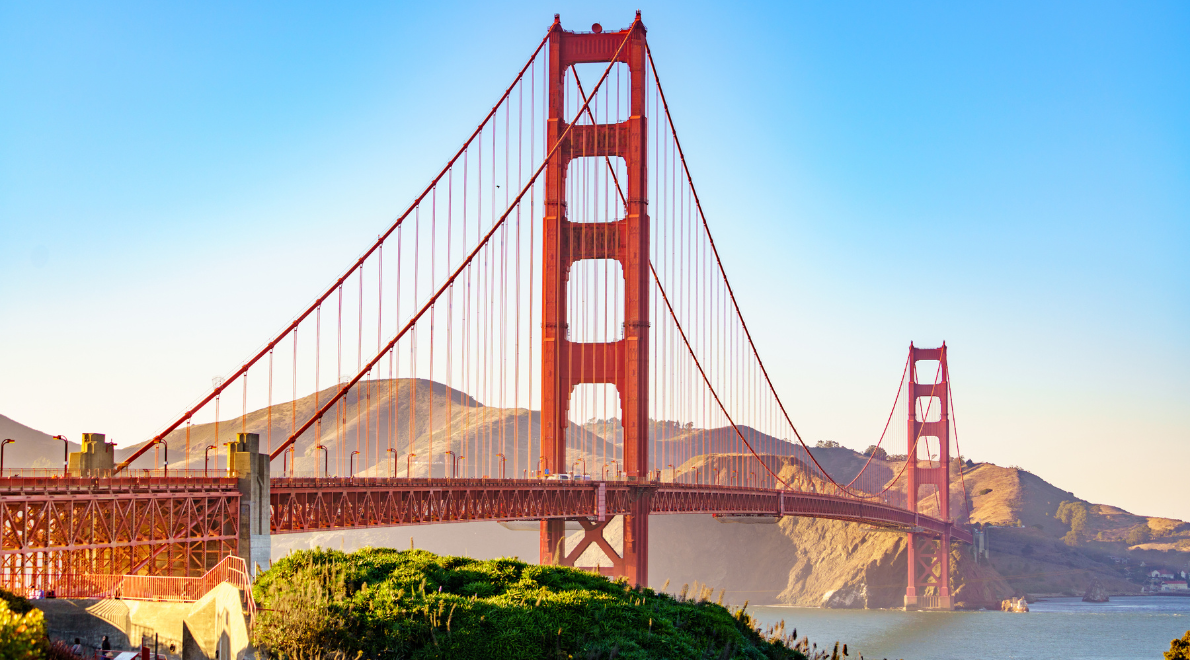
At the time of its opening in 1937, Golden Gate Bridge was both the longest and tallest suspension bridge in the world, standing 227m high and spanning 1,280m. Although it does not hold either of those titles anymore, the bridge remains an iconic landmark, attracting around 15 million visitors per year on average.
Statue of Liberty – New York, USA
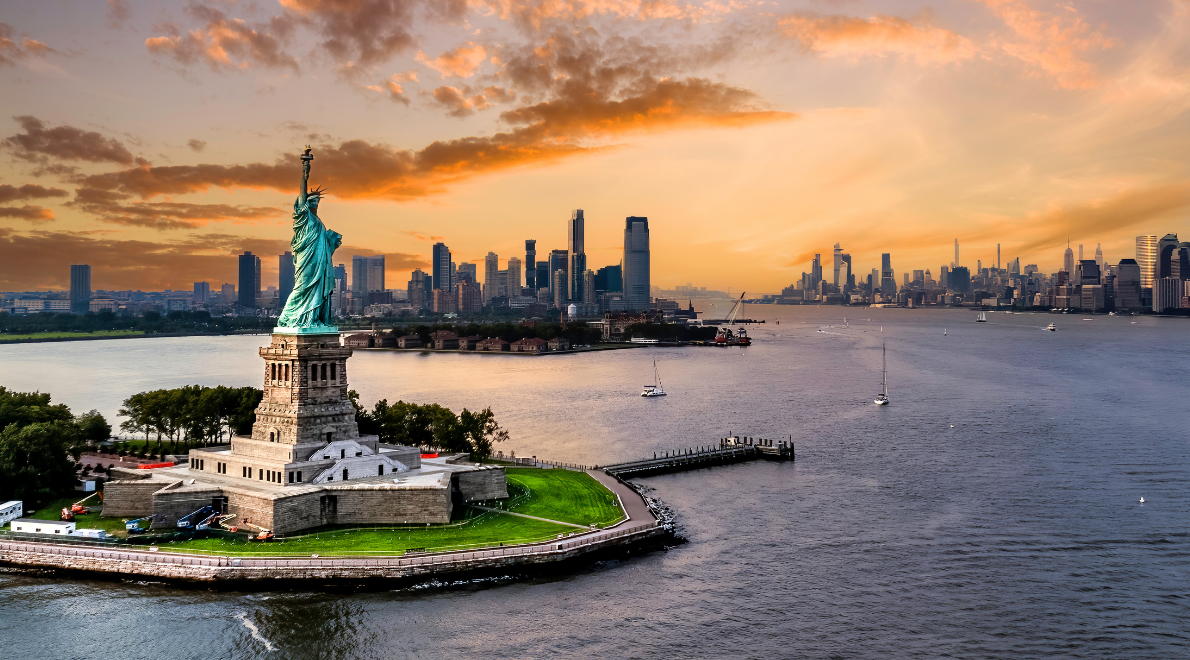
Arguably the world’s most recognizable landmark, the copper statue was a gift from France, depicting the figure of Libertas – the Roman Goddess of Liberty – inscribed with the date ‘4th July 1776’ which is of course American Independence Day. It has stayed a bluey-green colour for more than 100 years because all the exposed copper has now been oxidized by the air.
Burj Khalifa – Dubai, UAE
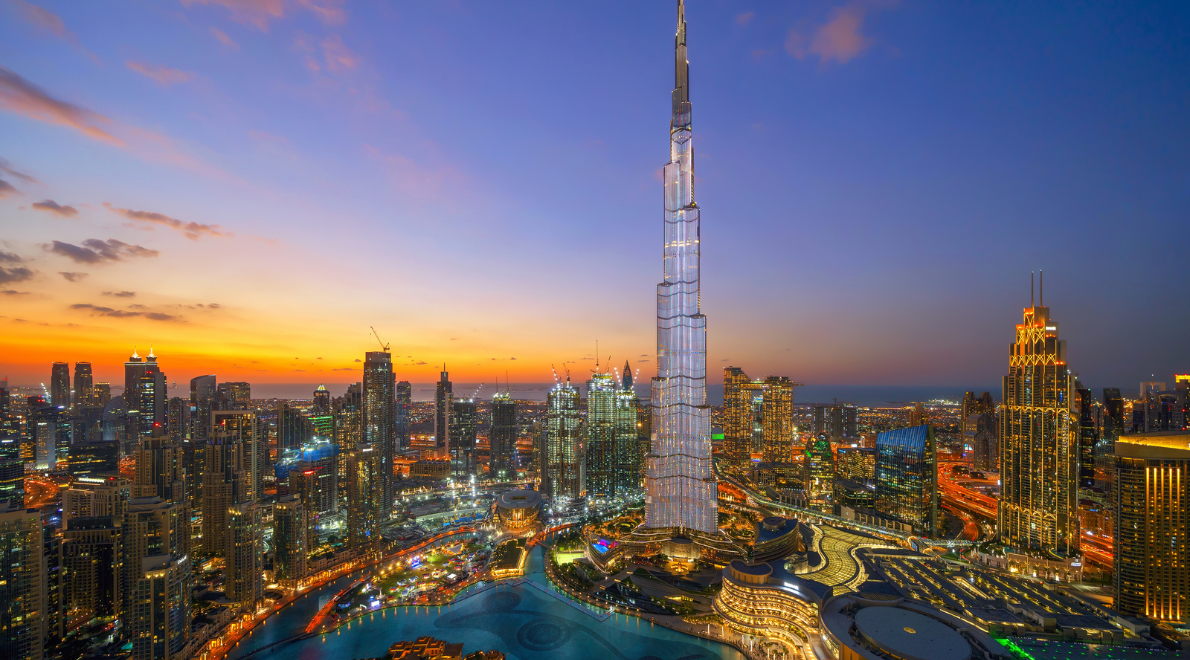
One of the most recently built entries on the list with construction only finishing in 2009, the Burj Khalifa is the world’s tallest building standing at nearly half a mile tall and costing $1.5 billion to construct. Although it’s mostly concrete, the building is also made up of 39,000 metric tonnes of reinforced steel and 166,800 sq ft of embossed stainless steel.
Eiffel Tower – Paris, France
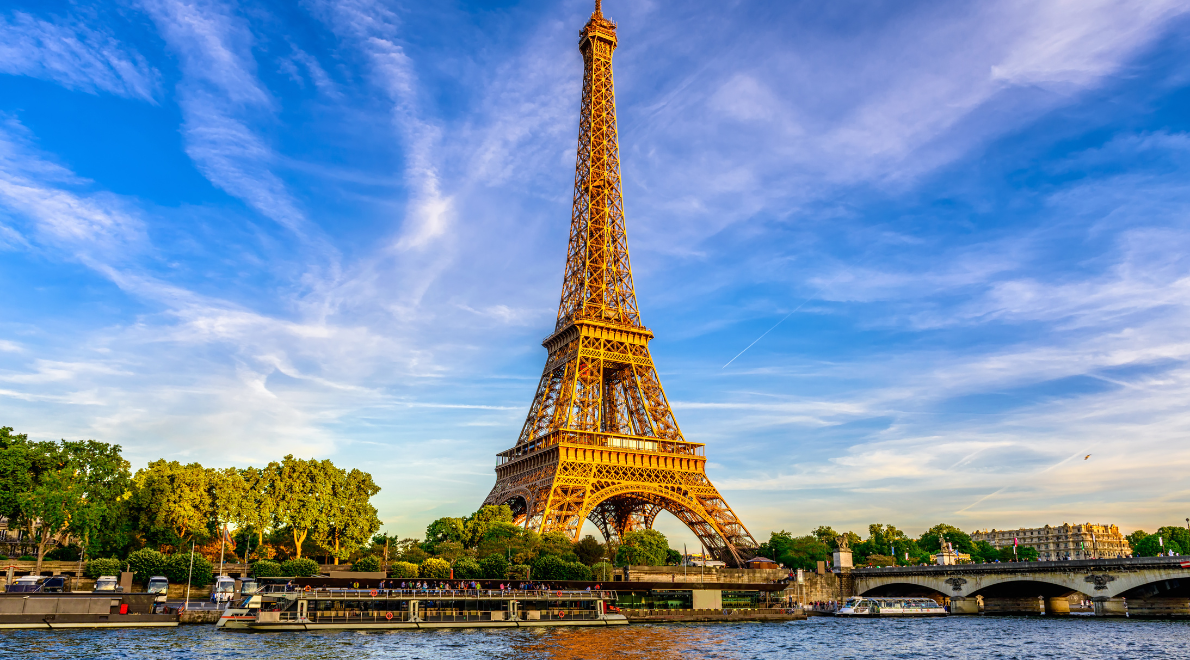
Impressively, the 330m-high tower took just over two years to construct back in the 19th century and has now been open to the public for 134 years. Made from puddle iron, the iconic landmark attracts around seven million visitors per year, with approximately 75 per cent being from overseas meaning it plays a huge part in the city’s tourism income.